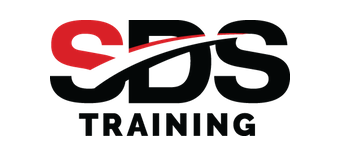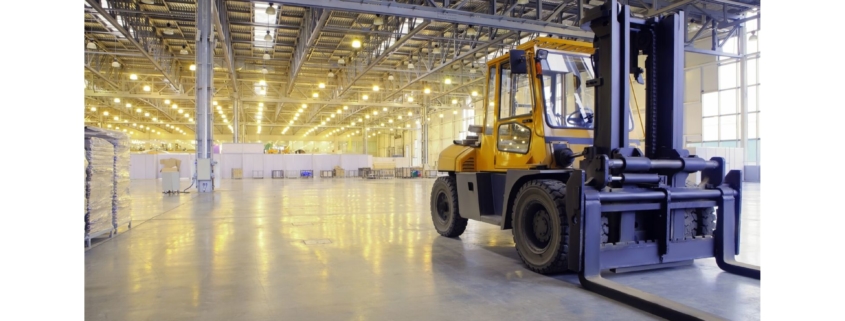Unfortunately there’s still the occasional stigma attached to people conducting High Risk Work. Sometimes the sentiment isn’t deliberate (“I just didn’t know”) or it’s derived from ignorance (“I’ve operated for years – don’t need it”).
Often it’s a sentiment that is tested when it all goes pear-shaped. Let’s dispel a couple of myths and provide some relevant information for those who currently have or are thinking they may need a High Risk Licence.
What is a High Risk Licence?
A High Risk Licence is documented proof that you are able to carry out prescribed work under that particular licence class.
Do I need one?
Anyone carrying out high risk work, like operating a forklift, must hold a high risk work licence.
Employers must not allow a worker to carry out high risk work (for which a high risk work licence is required) unless:
- they have a high risk work licence
- written evidence is provided by the worker stating they have the relevant high risk work licence.
What’s their benefit?
- Security & Insurance: the knowledge that you or your employee has been deemed competent to carry our prescribed work under that particular licence class (this may also have insurance implications for the business’s insurance)
- Less likelihood of damage to property and personnel (including yourself)
- Employability skills: they’re valuable – workplace regulations require you to have them. Most employment positions list the licence classes that are required
How to obtain one in QLD?
High-risk work (HRW) licences are renewable, photographic and recognised nationally. To get your HRW licence you must complete:
- Formal training – classroom training provided by a registered training organisation (RTO) with approval to deliver the particular course
- Informal learning – eg: workplace training with a supervisor who holds the relevant HRW licence.
Read information on applying for a HRW licence if you live interstate: https://www.worksafe.qld.gov.au/licensing-and-registrations/work-health-and-safety-licences/interstate-licences
So now that you might be considering the need for a High Risk Work Licence – what’s the process?
High-risk work (HRW) licence application process
Step 1
Find an RTO offering training for a HRW licence class and enrol in the applicable course.
Step 2
Complete training as per the relevant unit of competency. This will include classroom theory and practical training.
Your first interaction with the RTO or assessor should not be on the day of your assessment.
You should be provided face-to-face training although some revision may be undertaken independently.
You only need to progress to assessment if you feel ready; seek further training if necessary.
Step 3
Book in a theory and practical assessment with your RTO. Bookings for assessments need to be made at least three business days in advance and conducted by an accredited assessor.
This assessment is closed book and is to be completed by the individual.
You should not discuss answers with other participants or view a copy of the test prior to sitting it.
The assessor should be present at all times during the assessment period.
Successful applicants will receive an assessment summary (AS1) from the accredited assessor and a statement of attainment from the RTO.
Step 4
Complete the online application for a new Queensland HRW Licence
This must be done within 60 days of successfully completing the practical assessment.
Note: Interstate residents can apply for a Queensland HRW licence as long as they were trained and assessed in Queensland by a Queensland based registered training organisation (RTO) and assessor.
You will need:
LHRW Assessment Summary – AS1 form/s issued by a Queensland Accredited Assessor.
Details of their QGov/Google/Microsoft account. If you do not have one of these accounts you can register for a QGov account during the application process.
A valid email address.
The customer reference number (CRN) from one of the following Queensland Department of Transport and Main Roads (DTMR) issued licence cards:
i.e. driver’s licence,
- proof of age card,
- marine licence indicator card, or
- industry authority card.
If you do not hold one of these cards you can still lodge your application. Workplace Health and Safety Queensland (WHSQ) will contact you after you have lodged the online application to provide information about how to obtain a TMR CRN.
Details of any photographic HRW licences you hold that were issued by another state, territory or the Commonwealth.
A credit or debit visa card to pay the application fee.
Step 5
Retain your AS1 and proof of payment as evidence that you can lawfully perform work in the relevant class of high risk, pending a decision on your application.
Which one best suits me?
Simply put – it depends on the type of work you’re conducting; or planning to conduct. Some examples of high risk work types are:
- cranes and hoists
- forklift operation
- rigging and dogging
- scaffolding
- pressure equipment.
Seek clarification from a reputable RTO or Workplace Health & Safety as there are specifications within some of the licence classes (eg. Non Slew Crane must have a capacity greater than 3 tonne, telehandler with a lifting capacity under 3 tonne with a set of pallet forks does not currently constitute a forklift – or non-slew crane).
Cost: They’re not cheap – but they are an investment in your future! Consider what training subsidies are available – talk to a reputable RTO to see what options there might be.
Renewal: The next important step: Once you’ve got it – don’t let it lapse!
If your High Risk Work Licence has expired please contact Workplace Health and Safety to see what course of action they suggest (ie. Renewal / Retraining with a view to acquiring a new licence).
NOTE: You will need to renew your licence every five years.
Information source: QLD Workplace Health & Safety
